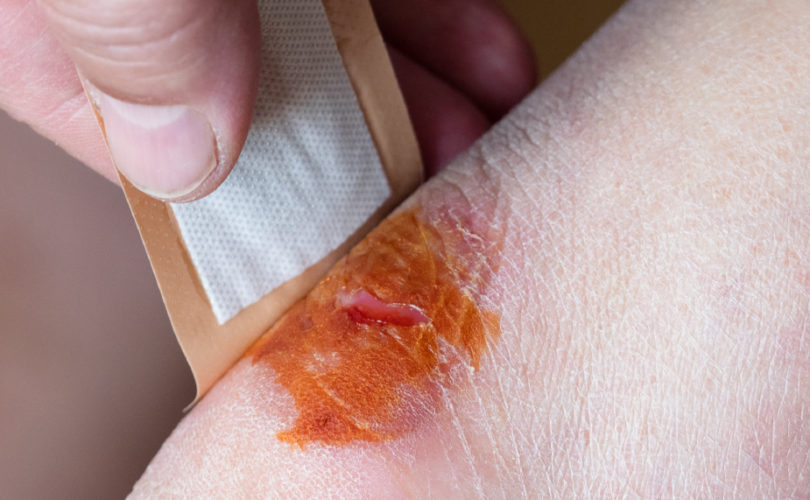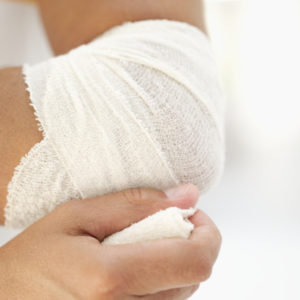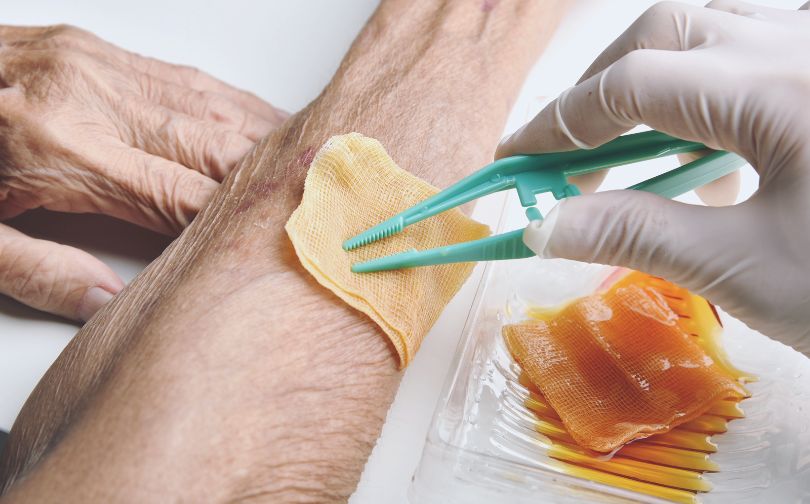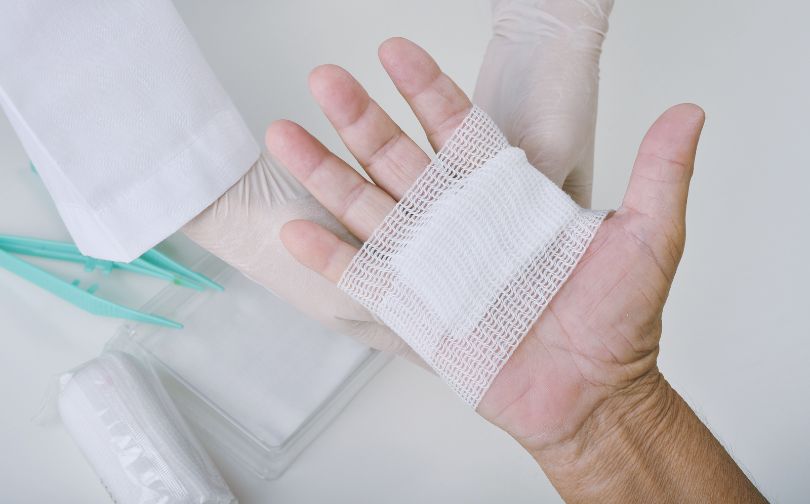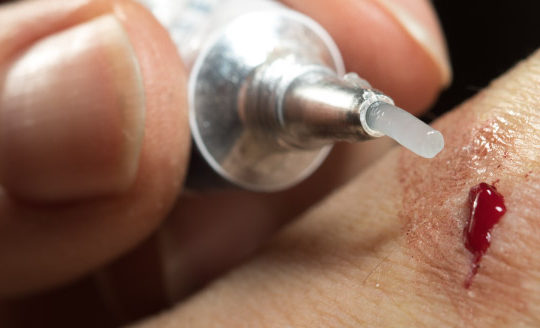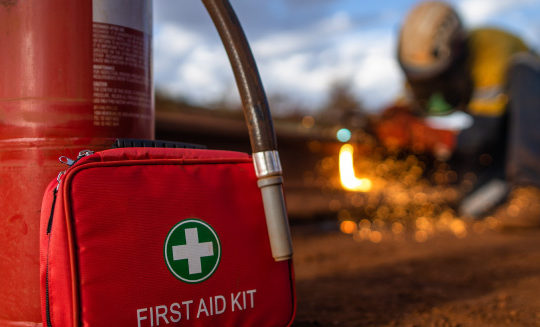When it comes to treating minor cuts or scrapes, choosing between iodine wipes and Neosporin can feel confusing. Both options are widely available, but knowing which one to use is key to promoting proper healing.
One concern people often have is preventing infections. Iodine wipes offer quick disinfection, while Neosporin adds a layer of antibiotic protection. But how do you know which one is best for your specific needs?
Here’s a quick fact: Iodine has been used as a disinfectant for over 150 years, trusted for its ability to kill a wide range of bacteria.
In this guide, we’ll break down the differences between iodine wipes and Neosporin, helping you make the right choice for your first-aid kit.
Povidone Iodine Wipes
What Is Iodine?
Iodine, also called povidone iodine, is a topical antiseptic and germicide to treat minor cuts, scrapes, burns, and abrasions. Consider using Povidone Iodine Wipes that include Povidone Iodine 10% Citric Acid, Glyercin, Nonoxynol, Sodium Hydroxide, and water. Do not use this product if you are allergic to any of these substances.
Iodine wipes are an easy way to administer iodine to a wound or to sterilize an area. They can be used in the same way that alcohol wipes are.
With iodine disinfectant wipes, you should be sure that the person is not allergic to iodine and be sure to not get it on clothing as it may stain. Iodine may sting as it disinfects.
For small cuts, iodine can be used quite effectively during the initial treatment of a minor laceration. Adults and those over 12 can use PVP wipes. Consult a doctor for children under 12. Clean the minor wound between one and three times a day, then protect the affected area with a sterile bandage.
What Is Neosporin?
Neosporin is a brand-name antibiotic ointment. It contains three antibiotics: neomycin, polymyxin B, and Bacitracin, which work in tandem to treat wounds and speed healing. The antibiotics in Neosporin work to kill any bacteria that may be in the wound. It can be applied during the initial treatment and can be continually applied to help facilitate healing when the dressings are changed throughout the healing process. For ongoing treatment as a cut or scrape heals, a triple antibiotic ointment is the best way to go.
So, What’s The Difference?
Both are antimicrobials.
Neosporin is an antibiotic, used to speed healing and wound treatment. Antibiotics can kill or prevent pathogens from growing.
In contrast, iodine is strictly an antiseptic to eliminate germs and is effective against a range of microorganisms. It is typically used to clean the skin.
For small cuts, Iodine can be used for initial treatment and disinfecting. For ongoing treatment, as a cut or scrape begins to heal, a triple antibiotic ointment is the best way to go.
When Should I Use Iodine for Injury Cleaning?
Iodine should be used for injury cleaning when dealing with superficial wounds, minor cuts, abrasions, or chronic wounds like pressure ulcers. It’s an effective antiseptic that helps prevent infections by reducing microbial load. For example, iodine works well on infected wounds with minimal exudate, aiding in their healing and preventing further complications.
However, it’s important to avoid iodine on deep puncture wounds, animal bites, or severe burns, as it may cause side effects or be absorbed into the bloodstream, leading to complications. Individuals with iodine allergies or thyroid conditions should also avoid its use.
Can You Use Iodine & Neosporin Together?
Yes, they can be used together. Medical research has concluded that antibiotics and antiseptics can enhance bactericidal efficiency, dependent on the type of bacteria present. Most often, the use of an antiseptic and an antibiotic together are beneficial.
When you get a cut or a scrape, you need to clean and then protect the open wound so that it can heal properly. Check difference between Iodine vs Neosporin and you can both be used quite effectively during the initial treatment of a cut.
If you are using both, clean the skin with an antiseptic like Iodine, then apply an antibiotic ointment to stave off infection.
For ongoing treatment as a cut or scrape heals, a triple antibiotic ointment is the best way to go. However, use these sparingly as overuse can cause antibiotic resistance.
What If I Don’t Have An Antiseptic?
A third option for initial minor wound care does exist: good old fashioned mild soap and water. You can clean around the wound (after removing any debris such as dirt or debris) with soap and water. Often, soap and water will clean a wound sufficiently and if you then dress it with triple antibiotic ointment as well as some gauze or a bandage to protect it, you will have the best healing results.
As always, if you have a question about an injury or if an injury gets worse, it is always best to consult your doctor.
Conclusion
When deciding between iodine wipes and Neosporin, it’s essential to consider your specific needs. Iodine wipes offer a fast, effective way to disinfect wounds, especially for initial cleaning. However, they should be avoided if there are allergies or concerns about staining.
Neosporin, with its combination of antibiotics, is ideal for ongoing treatment to help wounds heal faster and prevent infections. It’s particularly useful for maintaining protection as a cut heals.
You can even combine both—using iodine first for cleaning, then applying Neosporin to promote healing. Remember, for deep or serious wounds, it’s always best to seek medical advice to ensure proper care.
FAQs
Which is more effective for wound healing: iodine wipes or Neosporin?
Neosporin is generally more effective for ongoing wound healing due to its antibiotic properties, while iodine wipes are ideal for initial disinfection. Iodine helps to kill bacteria but does not promote healing as effectively as Neosporin.
Are there any side effects associated with iodine wipes?
Iodine wipes can cause skin irritation, redness, or allergic reactions. It’s important to avoid using iodine on deep or serious wounds and to discontinue use if signs of irritation occur, especially in individuals with iodine sensitivity.
Why isn’t iodine as commonly used as Neosporin?
Iodine is less commonly used because it can irritate the skin, stain, and has a higher toxicity risk compared to Neosporin. Neosporin is more user-friendly, easier to apply, and better suited for ongoing wound care without causing irritation.
Is it safe to use iodine wipes on children?
Iodine wipes can be used on children, but for those under 12 years old, it’s advisable to consult a healthcare professional. Iodine can be harsh on sensitive skin, so a doctor’s recommendation is preferred for young children.

